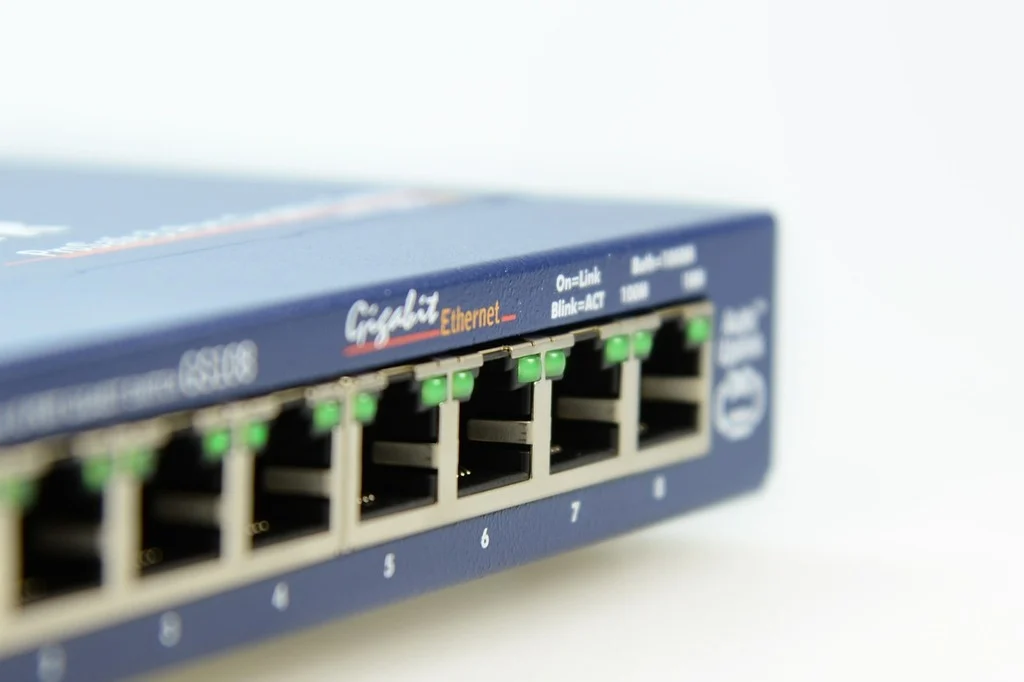Empower Your Network with PoE Switches: A Comprehensive Guide

In the ever-evolving landscape of networking technology, Power over Ethernet (PoE) switches have emerged as powerful tools that revolutionize the way devices are powered and connected in modern networks. In this comprehensive guide, we will explore what PoE switches are, how they work, their applications, and the numerous advantages they bring to the realm of network infrastructure.
Understanding PoE Switches
What is a PoE Switch?
A Power over Ethernet (PoE) switch is a networking device that combines the functionality of a traditional network switch with the capability to provide power to connected devices over the same Ethernet cable used for data transmission. This eliminates the need for additional power cables, simplifying installation and enhancing flexibility in network design.
Key Features of PoE Switches
- Integrated Power and Data Transmission: PoE switches deliver both electrical power and data to connected devices, such as IP cameras, access points, and VoIP phones, over a single Ethernet cable.
- IEEE Standards: PoE operates based on IEEE standards, with the most common being IEEE 802.3af and IEEE 802.3at (also known as PoE+), each specifying the maximum power that can be delivered.
- Automatic Detection: PoE switches can automatically detect whether a connected device requires power, preventing damage to non-PoE devices.
- Remote Power Management: Some advanced PoE switches offer remote power management features, allowing administrators to control and monitor the power supplied to each connected device.
How Do PoE Switches Work?
PoE switches work by injecting power into the Ethernet cable alongside data signals. The power is then extracted by compatible devices connected to the network. This is achieved through the use of a PoE switch, which includes a power sourcing equipment (PSE) component that supplies power and a powered device (PD) component that receives power.
Applications of PoE Switches
- IP Cameras: PoE switches are widely used in surveillance systems, providing a convenient and cost-effective solution for powering IP cameras without the need for separate power supplies.
- Wireless Access Points (WAPs): PoE switches simplify the deployment of wireless networks by powering WAPs, eliminating the need for additional electrical outlets in remote locations.
- VoIP Phones: In Voice over Internet Protocol (VoIP) systems, PoE switches power IP phones, streamlining the installation process and reducing cable clutter.
- IoT Devices: Internet of Things (IoT) devices, such as sensors and smart lighting, benefit from PoE technology by receiving both data and power over a single Ethernet cable.
Advantages of PoE Switches
- Simplified Installation: The integration of power and data transmission reduces the complexity of cable management and installation, leading to cost savings and increased efficiency.
- Flexibility in Network Design: PoE switches offer flexibility in placing devices without the constraints of power outlet proximity, making it easier to design and expand networks.
- Cost-Efficiency: Eliminating the need for separate power supplies and outlets reduces installation costs and maintenance efforts, making PoE an economical choice for network deployment.
- Remote Management: Advanced PoE switches provide remote monitoring and control capabilities, allowing administrators to troubleshoot, configure, and manage devices efficiently.
Considerations for Deploying PoE Switches
- Power Budget: Assess the power requirements of connected devices and ensure that the PoE switch has an adequate power budget to support them.
- PoE Standards: Verify that the PoE switch supports the appropriate IEEE standards (802.3af or 802.3at) based on the power needs of the devices.
- Network Load: Consider the overall network load and bandwidth requirements to ensure optimal performance, especially in larger deployments.
- Device Compatibility: Confirm that the devices to be connected are PoE-compatible and can receive power over the Ethernet cable.
Future Trends in PoE Technology
As technology continues to advance, PoE is evolving to meet the growing demands of modern networks. Some emerging trends include:
- Higher Power Levels: The development of higher power PoE standards, such as IEEE 802.3bt, is enabling the support of more power-hungry devices.
- Integration with Smart Building Solutions: PoE is becoming a key enabler for smart building technologies, powering a wide range of IoT devices for building automation and energy efficiency.
- Enhanced Security Features: PoE switches are incorporating advanced security features to protect against unauthorized access and ensure the integrity of networked devices.